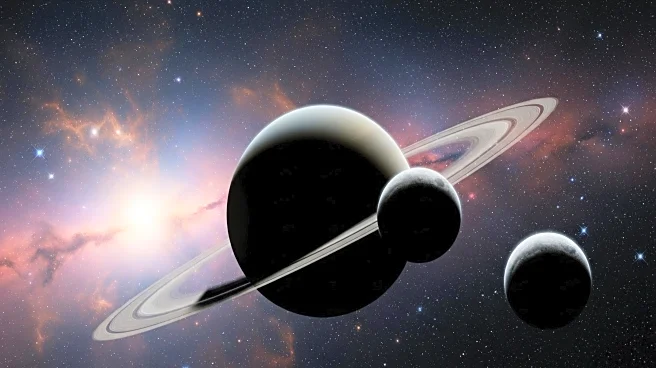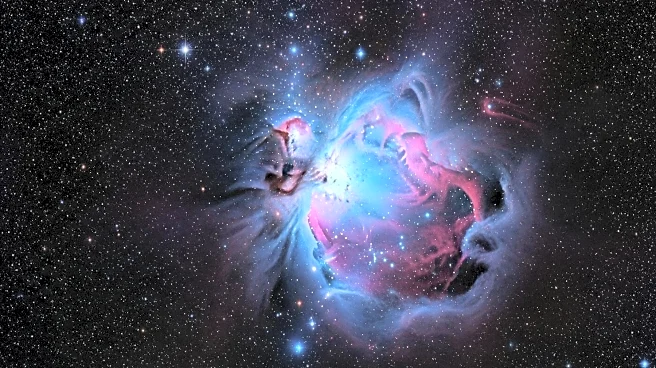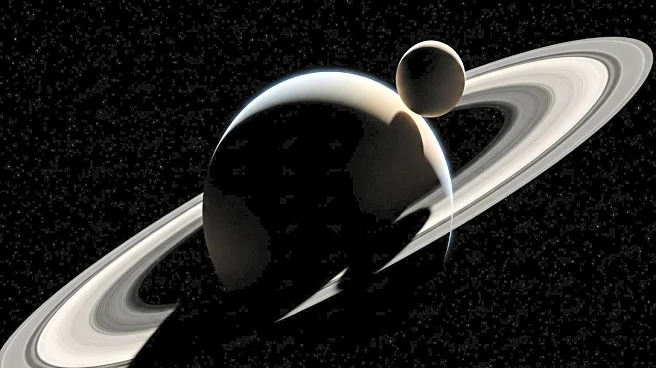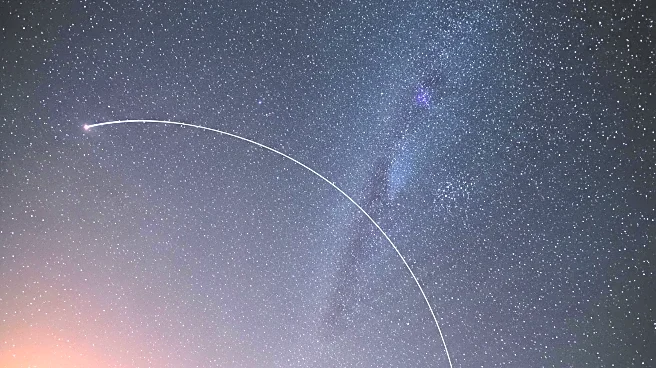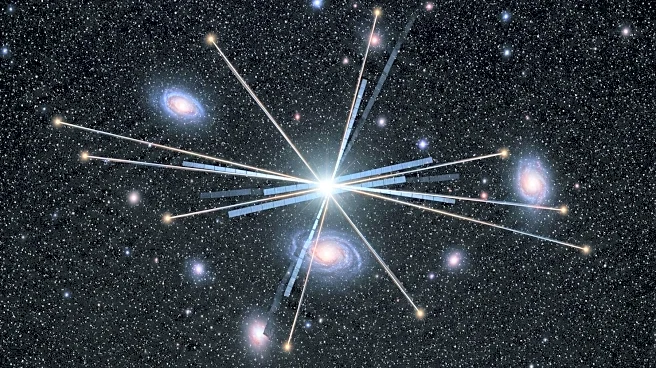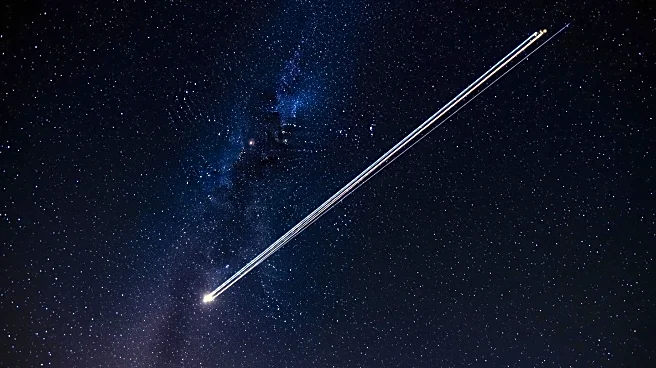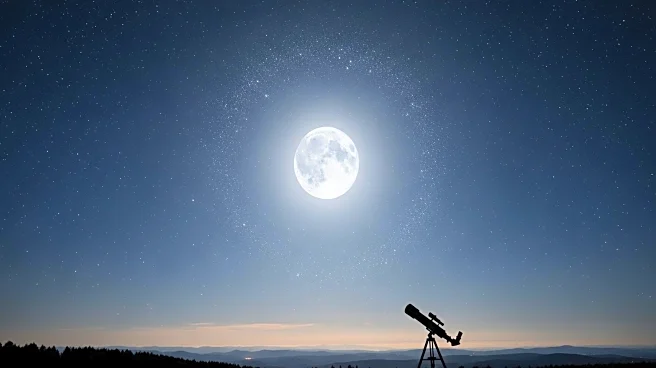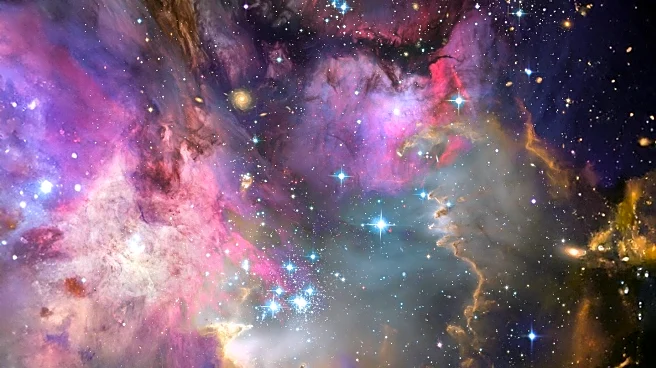What's Happening?
Astroimager John Chumack captured Comet C/2025 A6 Lemmon from his observatory in Yellow Springs, Ohio, revealing a significant number of satellite trails crossing the field of view. Chumack, a contributor to Astronomy magazine, noted that out of 44 exposures taken, only six were free of satellite trails. This phenomenon, described as 'Insane Satellite Traffic,' highlights the growing prevalence of satellite trails in astronomical images. Chumack plans to use sigma reject processing to remove these trails for a cleaner image, but shared the unfiltered version to demonstrate the extent of satellite interference.
Why It's Important?
The increasing presence of satellite trails in astroimages poses challenges for astronomers and astrophotographers, potentially affecting the quality and accuracy of astronomical observations. As satellite constellations expand, the frequency of such trails is likely to increase, impacting both professional and amateur astronomers. This development underscores the need for improved techniques to mitigate satellite interference and raises concerns about the long-term implications for space observation and research.
What's Next?
Astronomers and astrophotographers may need to adopt advanced image processing techniques to counteract the effects of satellite trails. The astronomical community might also advocate for regulatory measures to manage satellite deployments and minimize their impact on space observation. Continued dialogue between satellite operators and astronomers could lead to collaborative solutions that balance technological advancement with the preservation of astronomical research.
Beyond the Headlines
The issue of satellite trails in astroimages reflects broader concerns about the impact of human activity on space environments. As satellite technology advances, ethical considerations regarding space pollution and its effects on scientific research become increasingly relevant. This situation may prompt discussions on sustainable practices in satellite deployment and the protection of space as a shared resource.

